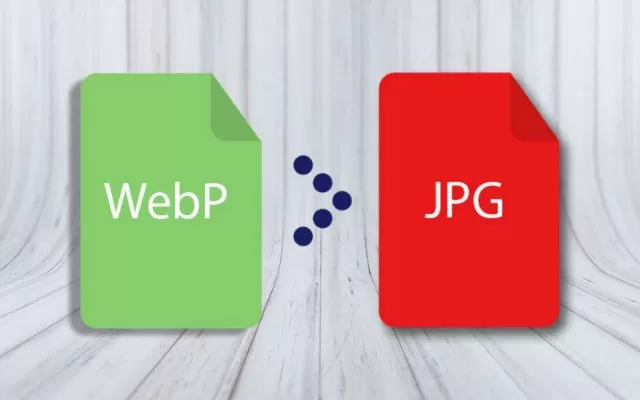Having a fast loading website is probably every webmaster’s dream. One way to optimize page speed is to use images in WebP format.
So, what is WebP? WebP is a format that provides richer and higher-quality images at a smaller size compared to PNG or JPEG.
In this article, you will learn about the advantages and disadvantages of WebP and how to use this format on your WordPress site.
What Exactly is WebP?
WebP is a file format developed by Google in 2010. Provides a higher compression ratio for images while preserving quality. Webmasters and developers can create images with smaller file sizes to enable faster loading of your site.
This format uses more efficient lossless and lossy compression methods compared to PNG and JPEG formats.
Lossless compression means that every bit of original data remains the same after the file is compressed. WebP helps compress lossless images up to 26% more than PNG.
On the other hand, lossy comparison usually reduces the file size by removing a certain amount of original data. Using predictive coding, lossy WebP reduces image file sizes by 25% to 34% while offering comparable quality to JPEG.
Advantages
As mentioned earlier, smaller image sizes can significantly impact your site’s performance by enabling faster loading.
Another benefit, especially if your site is filled with many images, such as a food, travel, or photography blog, is that it helps prevent excessive bandwidth usage.
To better understand the difference, let’s look at a brief description of the JPEG and PNG formats.
- JPEG (or JPG) – this format is excellent for highly colorful images and is the preferred option for photographs; however, one drawback is that there can be a slight loss in image quality due to compression.
- PNG – Excellent for maintaining image quality even when compressed. This format is suitable for images that contain a lot of data or pixels, such as logos, text-heavy images and pictures, but it is not the preferred format for photographs.
WebP brings these two formats together and uses the best of both formats. This way, WebP achieves a file size that is 25-34% smaller than PNG or JPEG while still maintaining image quality.
For an example, take a look at the images in Google’s WebP gallery. As you can see, the quality difference between the JPEG images on the left and the WebP images on the right is hardly noticeable, but when you check the file sizes, you’ll find that WebP images are 32% to 34% smaller than JPEGs.
Disadvantages
Let’s also discuss some of the disadvantages of this image format alongside all the advantages it offers!
First of all, while some browsers like Google Chrome, Firefox, and Opera support the WebP format, Safari and Internet Explorer do not.
Given current trends, we anticipate that these browsers will soon adopt this format as well.
Another issue for webmasters who want to use this format on their sites is that WordPress currently does not support WebP images. This means you won’t be able to start uploading WebP files to your WordPress media library.
The good news is that you only need the help of a plugin to overcome this.
Using WebP in WordPress
You can use the WebP Express plugin to implement WebP on WordPress-based sites, and you can find information on how to install a WordPress plugin from here.
Now that you’ve learned about the WebP format, you’re ready to use this format on your site for smaller file sizes and richer quality!

